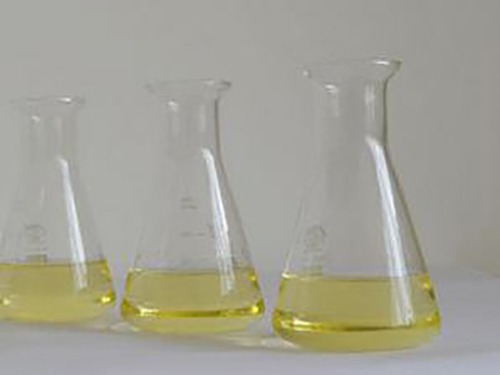Exploring the Uses and Safety of Me Isothiazolinone in Consumer Products
Understanding Methylisothiazolinone (MI) Uses, Risks, and Safety Measures
Methylisothiazolinone (MI) is a synthetic preservative commonly used in various personal care products, household items, and industrial applications. First discovered in the 1970s, this compound belongs to a family of isothiazolinones, which are effective biocides known for their ability to prevent the growth of bacteria, fungi, and algae. MI has gained attention for its broad-spectrum antimicrobial properties, making it a popular choice in skincare products, shampoos, lotions, and even industrial applications like paints and adhesives.
Uses of Methylisothiazolinone
Methylisothiazolinone is employed in a variety of products for its preservative qualities. In the cosmetic and personal care industry, MI is often found in water-based formulations, as it helps maintain the stability and longevity of products by preventing microbial contamination. This is particularly important in products like moisturizers, sunscreens, and hair care solutions where the risk of bacterial growth can compromise their effectiveness.
Apart from cosmetics, MI is also utilized in household cleaning products, such as surface cleaners and detergents, where it helps enhance shelf life and maintain hygiene. In industrial settings, it is incorporated into materials like paints, adhesives, and coatings to protect these products from spoilage during storage and application. The effective antimicrobial properties of MI make it an essential ingredient in many formulations, ensuring that the products remain safe and effective for extended periods.
Health Concerns and Risks
Despite its usefulness, methylisothiazolinone has come under scrutiny due to potential health risks. Research has indicated that MI can cause skin sensitization and allergic reactions, particularly in individuals with pre-existing sensitivities or dermatological conditions. Symptoms may include redness, itching, and inflammation, which can be particularly problematic in products like lotions or creams that are in direct contact with the skin.
me isothiazolinone

In recent years, regulatory bodies and health organizations have raised concerns about the increasing prevalence of allergic reactions associated with the use of MI. The European Commission, for instance, has restricted its concentration in leave-on products, advising that it should only be used in rinse-off formulations, where the exposure to skin is minimized. This has prompted manufacturers to reconsider their formulations and either reduce or eliminate the use of MI in their products.
Additionally, the environmental impact of methylisothiazolinone is also a topic of discussion. Studies have indicated that MI may pose risks to aquatic life, raising concerns about its effects on ecosystems when washed off into water systems. As a result, there is a growing movement toward more sustainable and environmentally friendly alternatives in both consumer products and industrial applications.
Safety Measures and Alternatives
Given the potential risks associated with methylisothiazolinone, it is crucial for consumers to be informed and cautious. Checking product labels can help individuals identify whether a product contains MI, and those with known sensitivities should opt for MI-free alternatives. Many brands now offer formulations without this preservative, often labeled as hypoallergenic or for sensitive skin, allowing consumers to make more informed choices.
In response to the concerns surrounding MI, the cosmetic industry has also explored alternatives that provide similar antimicrobial properties without the associated risks. Natural preservatives, such as essential oils, vitamin E, and plant-derived extracts, are being utilized more frequently as safer options. These alternatives not only help inhibit microbial growth but may also offer additional skin benefits, appealing to consumers looking for cleaner, more sustainable products.
Conclusion
Methylisothiazolinone serves as a vital preservative in many products; however, its associated health risks and environmental concerns cannot be overlooked. As awareness grows, both consumers and manufacturers are encouraged to seek safer alternatives that can effectively replace MI in formulations. Knowing the ingredients in personal care and household products empowers individuals to make informed decisions about their health and well-being. Ultimately, the shift towards safer, eco-friendly products is not only beneficial for our health but also pivotal for the protection of our environment.
-
Water Treatment with Flocculant Water TreatmentNewsJun.12,2025
-
Polymaleic AnhydrideNewsJun.12,2025
-
Polyaspartic AcidNewsJun.12,2025
-
Enhance Industrial Processes with IsothiazolinonesNewsJun.12,2025
-
Enhance Industrial Processes with PBTCA SolutionsNewsJun.12,2025
-
Dodecyldimethylbenzylammonium Chloride SolutionsNewsJun.12,2025





